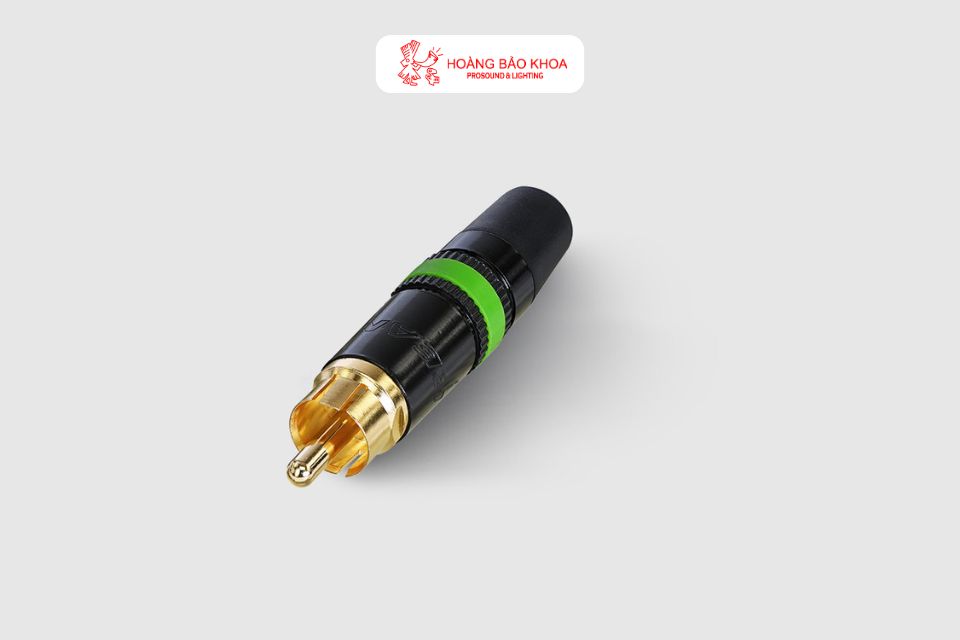Choosing the right audio jack is crucial for maintaining signal quality, especially over long cable runs or in environments with high interference. Balanced jacks (XLR/TRS) and unbalanced jacks (RCA/TS) each have distinct advantages and limitations that directly affect the audio you capture.
This article will guide you on when to use balanced versus unbalanced connections, along with practical tips to keep your signal stable and minimize interference in professional audio setups.
Should You Use Balanced or Unbalanced Jacks for Long Signal Runs?
Balanced jacks (XLR / TRS) feature effective noise rejection (common-mode rejection), ensuring stable signals even over long cable runs or in electrically noisy environments. Therefore, balanced connections are recommended for long signal paths. In contrast, unbalanced jacks (RCA / TS) are suitable only for short runs in low-noise environments, typically used for consumer-grade equipment.
References: MOTU, Moon-Audio, and HEDD all recommend using balanced connections in professional environments to ensure optimal audio quality.
Why Balanced is Better for Long Runs
1. Noise Rejection Mechanism (CMRR)
Balanced jacks transmit signals through two wires in opposite polarity (hot and cold). When both wires pick up the same interference (common-mode), the receiver cancels out the noise, leaving only the original audio signal. This is the principle of Common-Mode Rejection Ratio (CMRR). As a result, long cable runs experience significantly reduced electromagnetic interference and crosstalk.
2. Higher Signal Level and Headroom
Professional equipment typically operates at +4 dBu (balanced), while consumer devices often use -10 dBV (unbalanced). Higher signal levels reduce the impact of background noise and limit excessive amplification, maintaining better audio quality.
Recommended Cable Lengths
- Unbalanced (RCA / TS): suitable for short runs, usually only a few meters (≤ 3 m). Longer runs increase the risk of hum and noise.
- Balanced (XLR / TRS): suitable for long runs, potentially tens of meters or even >100 m if cables and equipment meet professional standards. Maximum length depends on cable quality, impedance, and surrounding environment.

Practical Tips and Techniques
Select the Right Cable
- Use twisted pair cables with shielding for balanced runs.
- Avoid long RCA runs; if necessary, use a DI box or transformer to convert to balanced.
Choose the Proper Connectors and Ensure Compatibility
- XLR and TRS are standard for professional environments, while RCA/TS is suitable for consumer devices.
Ground Loop Issues and Solutions
- Long runs and multiple grounded devices can create ground loops causing hum. Solutions include using ground-lift on DI boxes, isolation transformers, or other electrical measures. Balanced connections reduce noise but do not eliminate all ground loop issues.
Digital vs Analog Signals
For digital signals (AES/EBU, Dante, AES3), each standard has its own cable length limits (e.g., 110& OMEGA; twisted pair for AES/EBU, Cat5e/Cat6 for Dante). Always use the correct standard, cables, and proper termination to achieve optimal signal quality.
Conclusion – When to Use Balanced vs Unbalanced
- Use balanced when: signal runs >3–5 m, electrically noisy environments (stage lights, motors, RF), or high-reliability applications like tours, studios, or broadcast.
- Consider unbalanced when: short runs only a few meters, equipment lacks balanced output, or simplicity and cost-saving are priorities.
Quick Notes for Audio Engineers
- Use shielded twisted-pair cables for balanced runs.
- Check impedance and termination, especially for digital connections.
- Have DI boxes or converters ready when converting unbalanced to balanced for long runs.